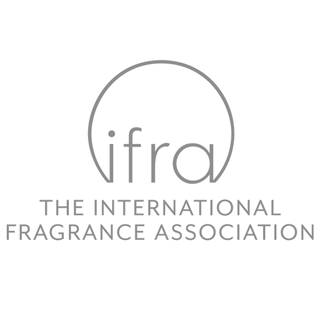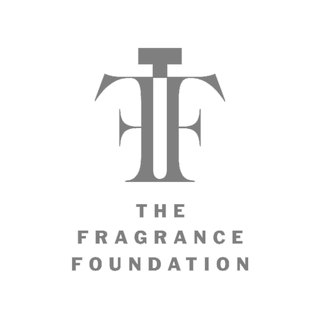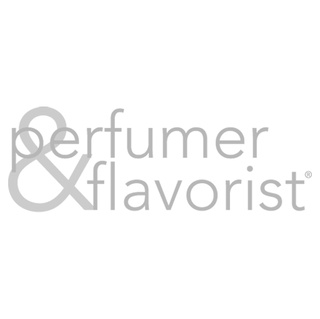What is 'Natural' Fragrance?

Image by Peggy und Marco Lachmann-Anke from Pixabay
Natural fragrance is a complicated subject gaining a lot of attention these days. The problem is, there isn't a common definition for what natural fragrance means. So every brand, product and category focuses on a different aspects of naturalness, leaving many consumers confused and frustrated (including us!). So until there is a single, standard definition for natural fragrance, here are a couple ways to break it down:
- WHAT IT ISN'T - Many brands talk about what their fragrance is NOT or what it DOES NOT include.
- Non-toxic: By default, most fragrances are non-toxic as they are always subject to strict industry-wide safety standards.
- Banned ingredients: Exclusion of materials on banned lists such as EU banned ingredient listing.
- Hypo-allergenic: Limits the individual and total allergen levels allowed in the fragrance. Note that this standard effectively eliminates all plant-based materials as most plant-derived ingredients contain many naturally occurring allergens.
- WHAT IT IS - This approach highlights notable natural attributes of the fragrance and in many cases, these criteria cannot overlap. For example, essential oils do not meet current biodegradability standards and are full of allergens. GREENWASHING ALERT - if a fragrance does not say 100% for any of these criteria, then it may likely include other materials, including synthetics!
- Plant-based: Ingredients sourced from plants, which can include essential oils and naturally occurring molecules from plants.
- Biodegradable: Materials must biodegrade within 28 days, this can also include synthetic ingredients.
- Sustainably sourced: Ingredients from sustainable origins help prevent degradation of the environment through over-farming, inefficient production and/or excess waste.
- Fair Trade: Materials that are sourced ethically and support local communities (we love this).
- TRANSPARENCY - The general idea here is that if you aren't disclosing everything, then you probably have something to hide.
- For fragrance, there is only one play here: disclosing your full formula to the general public. You'll know that's the case if you do not see the generic term 'FRAGRANCE' on the product ingredient listing. NOTE: fragrance materials are typically things the average consumer has never heard of and can often sound very technical and pretty intimidating.
- CERTIFICATIONS - Many brands look for validation through third party certifications that offer an added layer of authenticity and approval.
- Organic: Certifications such as USDA and Oregon Tilth use pre-defined criteria for materials in order to meet their organic standard.
- EWG: Environment Working Group rates ingredients on various criteria, offering a numerical scale for each. This criteria also typically requires full formula disclosure and can include synthetics.
- EPA Safer Choice: EPA Safer Choice is a rigid safety certification that validates every ingredient in the fragrance formula. This is a pass/fail test, there is no in-between.
- Retailer Certifications: When a retailer or brand sets up their own standard such as Whole Foods, Sephora, Credo and Beautycounter.
Each approach narrows the list of materials (ingredients) that we can use to create the formula and many do not overlap. So while our full palette of materials runs over 2,000 individual ingredients, we can sometimes be limited to fewer than 100 based on the project specifications!
In consumer products, it's also important to note that while fragrance tends to get the bulk of the attention when it comes to naturalness, scent is usually a very small part of the final product formulation, often not more than even 1-2% of the total product! Lastly, we'd like to mention that a lot of hot button items like parabens and phthalates are not even a part of the fragrance at all, rather those items are typically found in the product formulation.
This list is certainly not exhaustive, but it covers most of the requests we get, for now. As the landscape changes, so do we.










